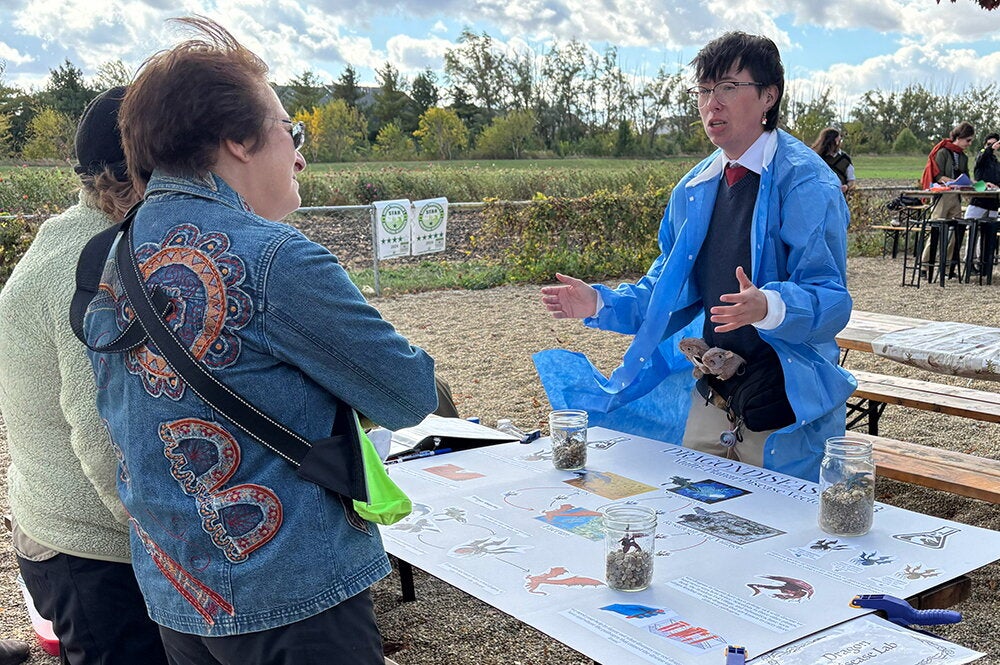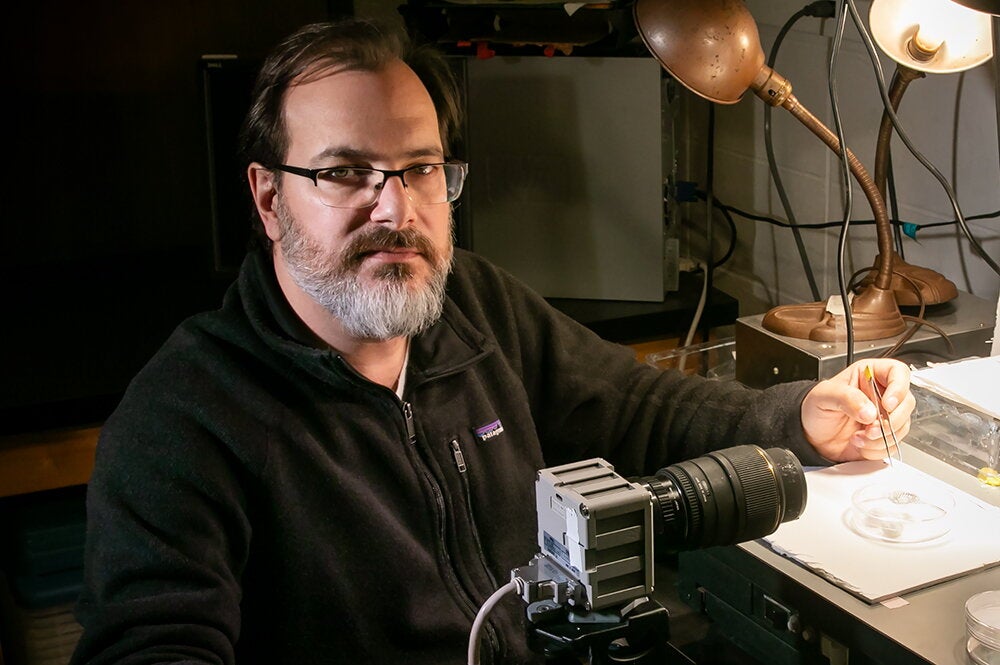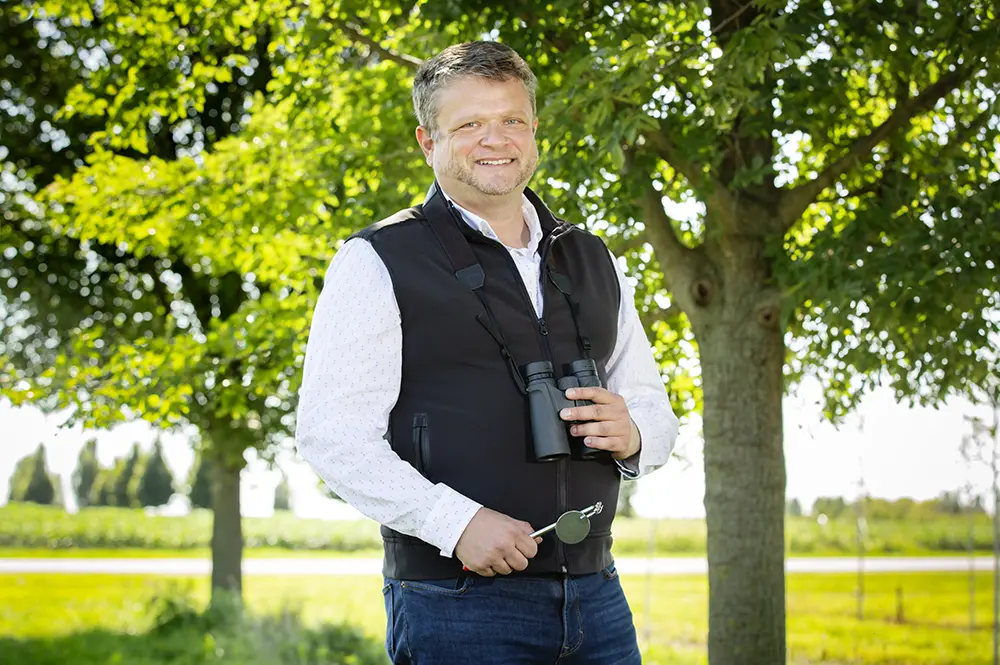
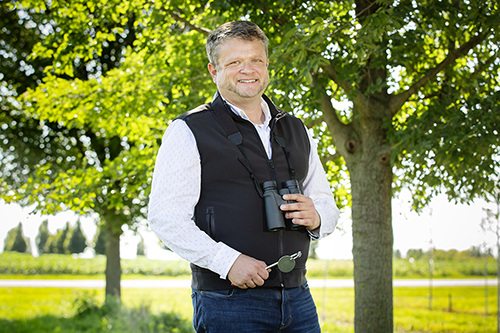
As an interviewer, I’ve always felt there’s one question that tells me pretty much everything I need to know about a person. It’s not about who they root for in the playoffs or their latest TV binge. It’s just nine simple words. “Are you a dog person or a cat person?” After spending some time chatting with Mark Hauber, however, I’ve decided I may have to add another category to the mix. Because Hauber is unapologetically and unequivocally a bird person.
“I always wanted to study birds” said Hauber, the Harley Jones Van Cleave Professor of Host-Parasite Interactions at the University of Illinois. “When I was five years old, I wanted to study birds. Now that I’m 49, I still want to study birds.”
Fortunately, he was blessed with a mother who recognized his interests. “My mom was a biology and music teacher, so she understood my passion and she fostered it,” he said. Thanks to her, his youth was happily spent studying the animals he loved, whether it was bird-watching expeditions as a small child or attending a bird-banding camp when he grew older. While his interests were always clear, however, his direction wasn’t.
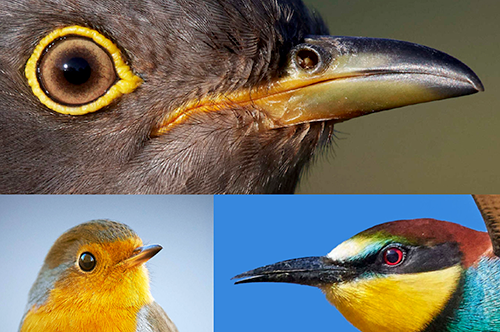
“I almost became a vet in Hungary, because I didn’t know that you could study the basic biology of birds,” said Hauber. “But then I got a scholarship to go to Yale out of high school, and I’ve been an ornithologist ever since.”
After an undergrad at Yale, a doctorate at Cornell, a postdoc at the University of California, Berkeley, and a first faculty job in New Zealand, Hauber landed in New York, where his career flourished. He became a fellow in what is now the American Ornithological Society and editor-in-chief of its publication, “The Auk: Ornithological Advances.” He also rose through the teaching ranks, becoming associate vice chancellor for research at the City University of New York.
After nearly a decade, he had a comfortable, well-established routine. And then, Illinois came calling. “I had a good life in administration,” said Hauber, “but I wanted to get back to research and do more hands-on experiments and run a bigger lab, and that was the opportunity that Illinois offered me.”
Since arriving at Illinois in 2017, Hauber has held an endowed chair in in the Department of Evolution, Ecology, and Behavior, which is part of the School of Integrative Biology. He likes the position, because it combines his love of teaching with a passion for research. The main focus of that research is understanding how birds recognize their friends and their enemies, and he does that largely by exploring one of the most intriguing relationships in nature, that between a brood parasite and its host.
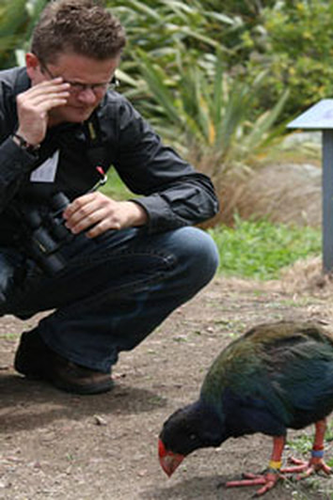
Brood parasites, like cowbirds, cuckoos, and whydahs, are the ultimate “hands-off” parents. Instead of raising their young like most species, they deposit their eggs in the nests of other birds, leaving the unsuspecting hosts with all the parenting responsibilities. Hauber describes the whole process as a “co-evolutionary arms-race,” in which it becomes essential for the host species to distinguish the parasite’s eggs from their own in order to survive. From simple observation, researchers have long known that some hosts reject parasites eggs, but the exact mechanics of that rejection have been a mystery.
“What I mainly search for is sort of a brain template for eggs,” explained Hauber. “Just like faces are super important for humans, I think eggs and egg shapes are very important for birds.” Using 3D printed eggs in a variety of shapes, colors, and textures, Hauber and his fellow researchers have already confirmed what may seem intuitive: Birds are more likely to reject eggs that are less “egg-shaped” or similarly colored to their own. But now, they’re going deeper, exploring the physiological basis of egg rejection.
“We knew a lot about how the eyes perceive the eggs but we know very little about between what happens when the eye perceives the eggs and the brain says ‘must reject this egg,’” Hauber said. “And that’s sort of the process that I’m really interested in uncovering while I’m at Illinois.”
Hormones, said Hauber, could play a role. “We now know that stress hormones are involved in responding to foreign eggs in the nest, and if you can modulate them with injections or extra manipulations, you can change the pattern of egg rejection or acceptance by robins, in response to corticosteroids for instance.”
His observations come from studying birds in the lab as well as their natural habitat, which can come with its share of hazards. You’ve probably heard of “Angry Birds,” but Hauber has actually met them. “Robins can be really quite aggressive and attack you,” said Hauber, who once had a fake egg returned just minutes after deployment. “We were literally walking away from the nest and the robin flew by and dropped the egg, hitting my colleague on the shoulder.” Get on a robin’s bad side, laughs Hauber, and they will hate you for life.
Over the years, he has turned his semi-perilous adventures into nearly 350 peer-reviewed publications documenting everything from the odd behavior of fur-plucking titmice to the shape dynamics that keep murre eggs from rolling off cliffs. A fair number of recent additions were penned during the pandemic while he was in Germany and everything was locked down except grocery stores and bakeries. “I ate a lot of good bread,” says Hauber, joking that he’s discovered a positive correlation between his body weight and the number of papers he writes a year.
One of his most interesting projects was a coffee table book called “The Book of Eggs: A Life-Sized Guide to the Eggs of Six Hundred of the World’s Bird Species.” Hauber said that book opened a new interest in eggs that could provide the springboard for future research. And while much of that research will continue to take place in the field, Hauber said the real trend in ornithology, like many other field of science, is toward big data and the study of genetics.
Increasingly, pith helmets and binoculars are being joined by more sophisticated tools, like the Bruker 9.4 Tesla preclinical MRI system at the Beckman Institute for Advanced Science and Technology at U of I that gives researchers unprecedented insights on the internal structure of the brain. According to Hauber, the big discoveries of the future will probably be found in the smallest details.
“We are going molecular fulltime,” said Hauber. Through the Bird 10,000 Genomes (B10K) Project, Hauber was a member of the team of scientists who have already sequenced the genomes of 363 bird species, representing 92.4 percent of all avian families, and they eventually hope to create a full genetic portrait of all 10,500 known species. “I think we will have a complete genomic biology of birds,” he said. “We’ll probably have a complete transcriptomic biology, which is gene activation, or what the genes do, and hopefully we’ll be able to manipulate those at the molecular level to ask the same questions people are asking now with mice and fruit flies.”
This is where advanced resources, like the Roy J. Carver Biotechnology Center at Illinois, really come into play, opening new doors into genomic research. “I’m really grateful for those facilities at Illinois as well,” said Hauber, who’s excited to understand how behavior shapes genes and vice versa.
In addition to becoming more advanced, Hauber says that ornithological research is also getting younger, with PhD students achieving more at an earlier age. “I have some really young students who are just as accomplished as I was five or 10 years later in my career, which is really impressive.”
Hauber is currently representing his fellow ornithologists at the Wissenschaftskolleg zu Berlin, an advanced institute connecting scholars from a wide range of fields, including science, theology, and philosophy. It was towards the end of our discussion that I decided to put my philosophy of pet ownership to the test, asking the esteemed behavioral ecologist about his personal pets.
Unsurprisingly, he’s owned many interesting birds over the years, including painted finches from Australia, and pin-tailed Wydahs, which grow a 12-inch tail and put on dazzling helicopter displays during mating season. The surprising part is that he doesn’t give them names. Not because he’s a dispassionate scientist, but the opposite. “Birds don’t live as long as you want them to do,” said Hauber. And even for an objective scientist like Hauber, there’s always a little sadness when you have to say goodbye.
Editor's note: This story originally appeared in the Spring '22 issue of The Quadrangle.
